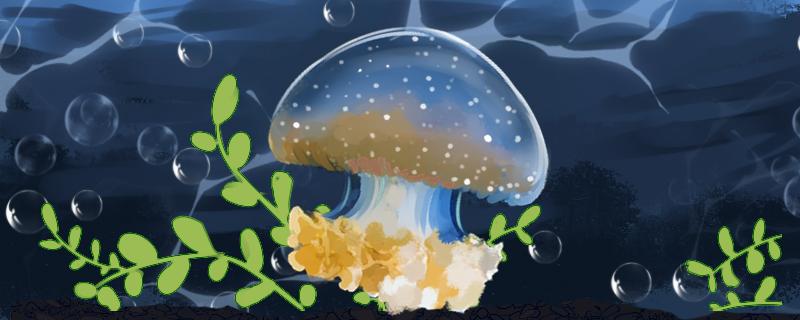 1. What does jellyfish look like
1. What does jellyfish look like The whole shape of jellyfish is like an umbrella, and the part where they protrude outward is the outer umbrella surface or the upper umbrella surface, which is our common jellyfish skin. The sunken umbrella is called the lower umbrella cover. There is a drooping tube in the middle of the lower umbrella cover, and there is a circle of tentacles around the umbrella. Jellyfish are usually transparent, but their hanging lips or tentacles also have other colors. Common ones are white, cyan, blue, etc. Common jellyfish umbrella and wrist colors are similar, but there are also a few different colors, which look bright and beautiful.
2. Can jellyfish be culturedJellyfish can be cultured, but there is still a big difference between the artificial culture environment and the marine environment, so attention should be paid when culturing. First of all, the aquaculture water area should be large, because jellyfish are still relatively large, and if the density is too high, it may affect their normal development. Under normal circumstances, it is most appropriate to breed less than 300 animals per mu. Also choose a place that is easy to drain, so that it is convenient to change water. In addition, jellyfish usually live in sea areas with high temperature, and the water temperature should be kept above 20 ℃ when cultured artificially. Jellyfish living in the ocean usually feed on plankton, and ostracods and amphipods can be selected for feeding when breeding.